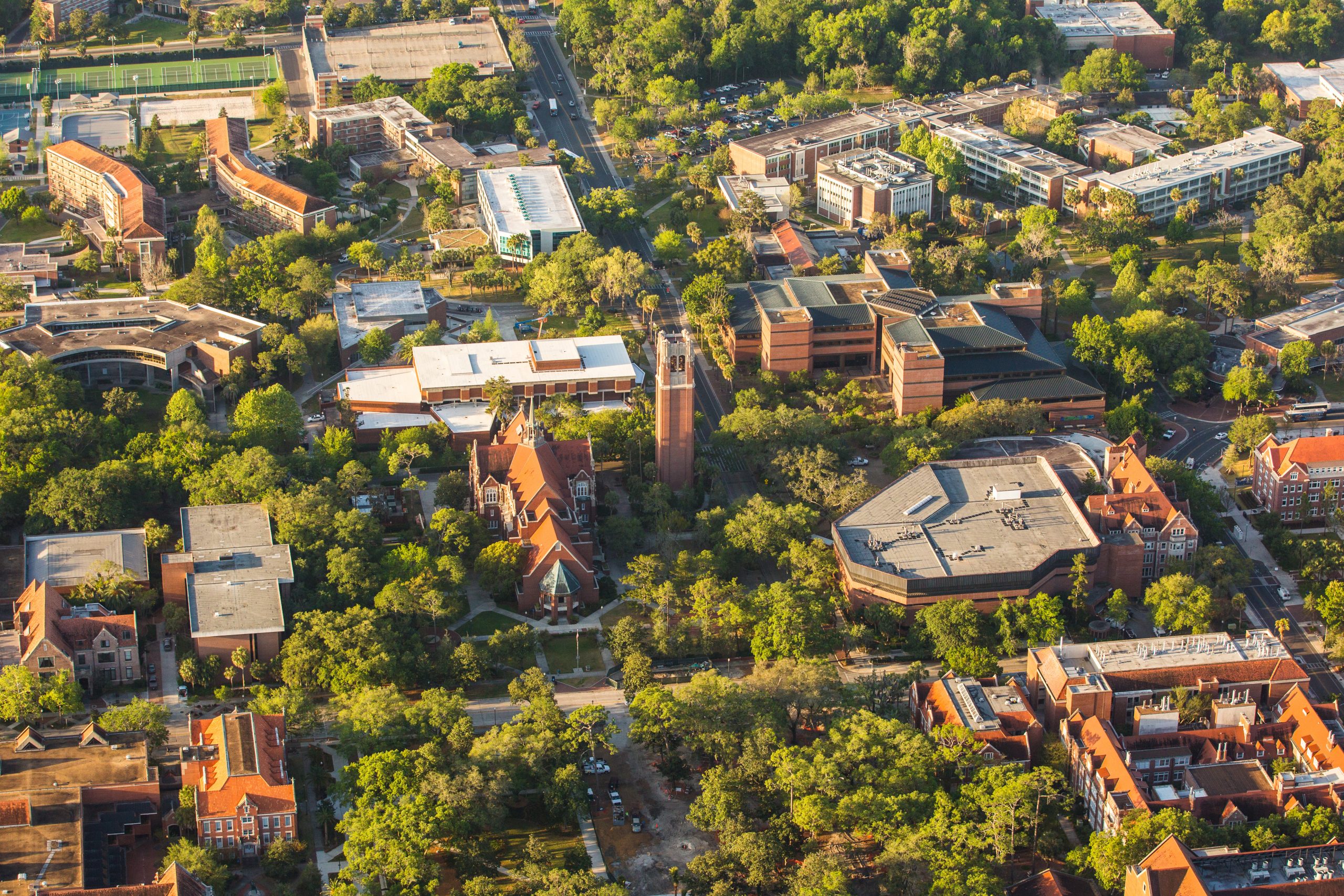
Biological Spill
Inside of Primary Containment (in the Biosafety Cabinet)
- Stop work
- Remove soiled PPE
- Exit the BSC
- Wait 3 minutes for aerosols to settle
- Don fresh PPE
- Cover the spill with paper towels
- Pour 1:10 (> 5000 ppm) bleach solution on the spill (start from the oter bounds and move inward)
- Collect materials as biohazardous waste
- Remove PPE and wash hands before exiting the lab
- Notify Supervisor and report at: ehs.ufl.edu/report-to-ehs/report-incident/
Outside of Containment (in the Lab)
- Stop work and alert co-workers
- Remove PPE and exit the lab
- Post a sign to prohibit lab entry
- Wait 30 minutes for aerosols to settle
- Don fresh PPE
- Cover the spill with paper towels
- Pour 1:10 (> 5000 ppm) bleach solution on the spill (start from the oter bounds and move inward)
- Collect materials as biohazardous waste
- Remove PPE and wash hands before exiting the lab
- Notify Supervisor and report at: ehs.ufl.edu/report-to-ehs/report-incident/
Inside a Centrifuge
- Close centrifuge lid
- Remove PPE and exit the lab
- Post a sign to prohibit entry
- Wait 30 minutes for aerosols to settle
- Centrifuge basin:
- Don fresh PPE
- Cover the spill with paper towels
- Pour 1:10 (> 5000 ppm) bleach solution on the spill (start from the oter bounds and move inward)
- Collect materials as biohazardous waste
- Remove PPE and wash hands before exiting the lab
- Notify Supervisor and report at: ehs.ufl.edu/report-to-ehs/report-incident/
- Rotors/buckets/cups:
- Don fresh PPE
- Prepare 1:10 bleach bath in the BSC
- Transfer contaminated item to the BSC
- Submerge in bleach bath (wait a contact time of 30 minutes)
- Discard byproducts as biohazardous waste.
- Remove PPE and wash hands
- Notify Supervisor and report at: ehs.ufl.edu/report-to-ehs/report-incident/
| Handling Biological Spills Handout | Biological Spill Kit Components |
